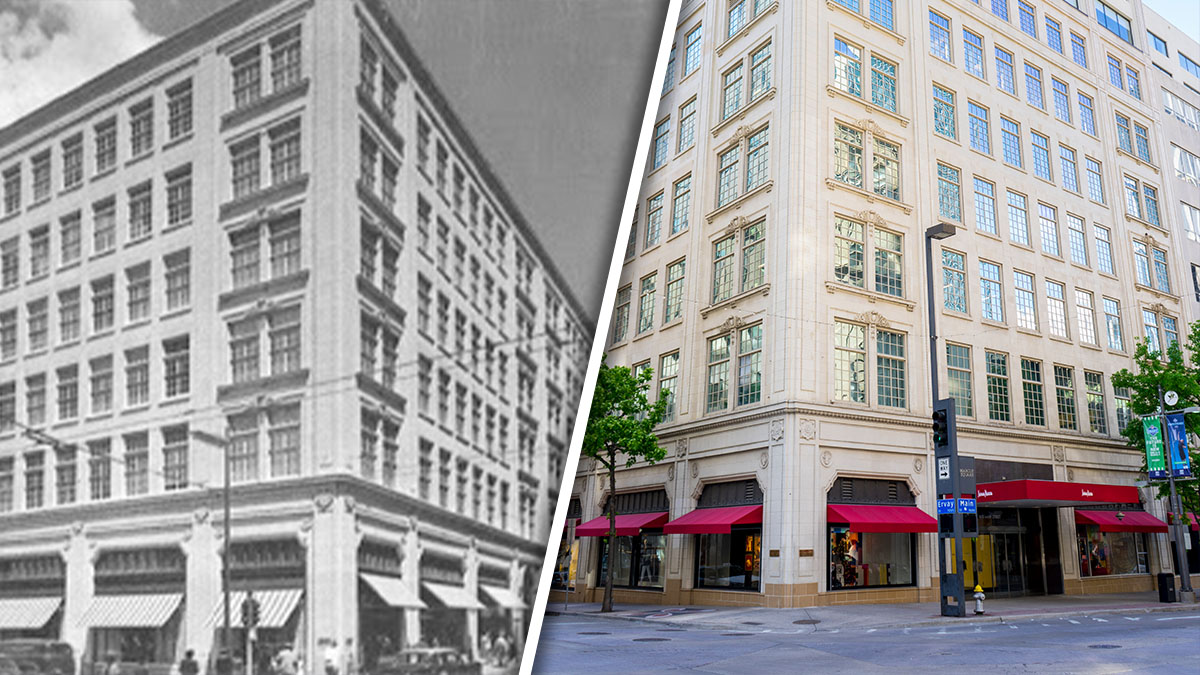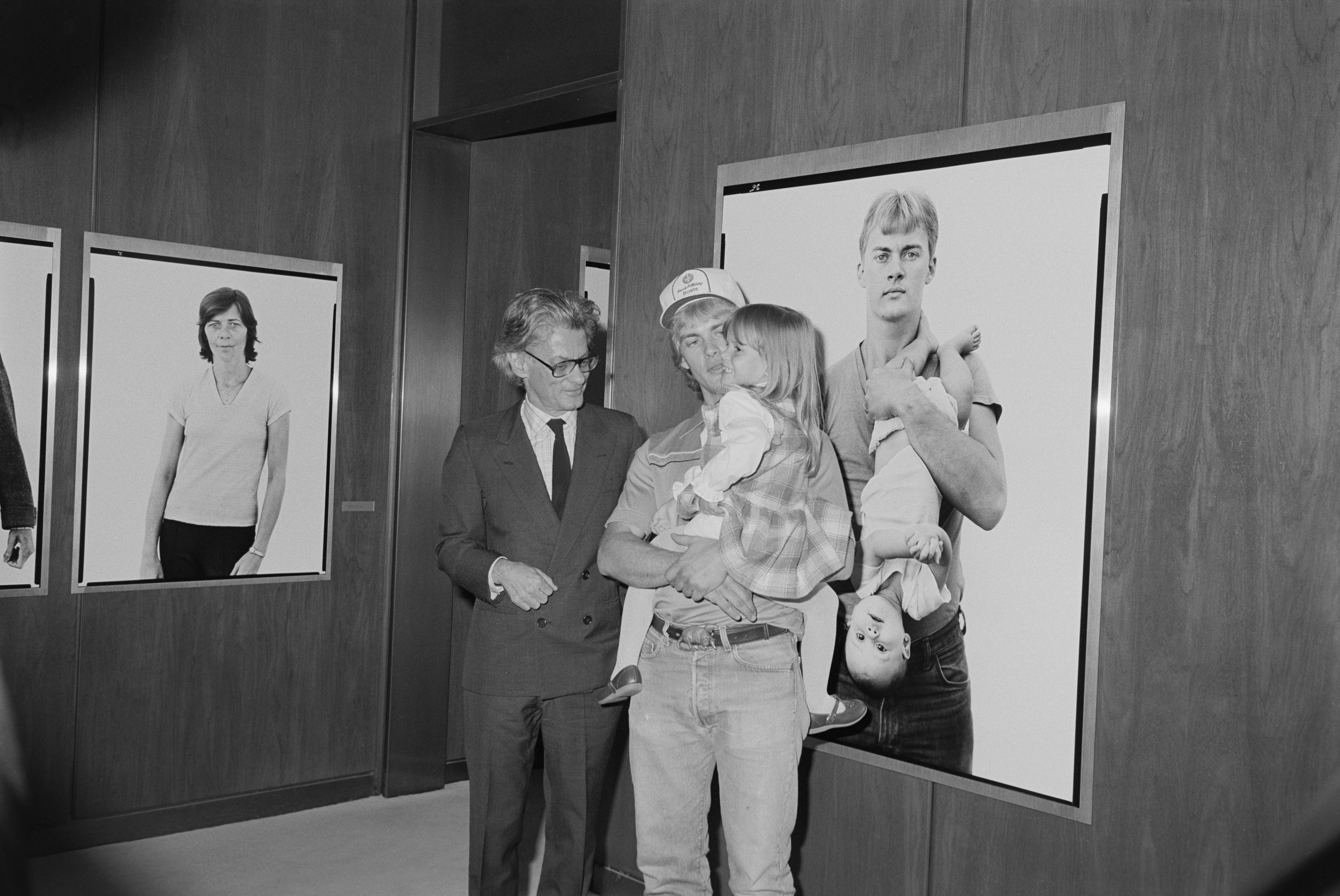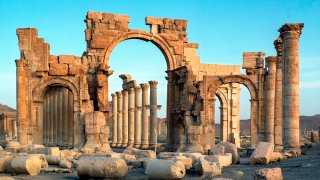
Severan arch at Palmyra, from the West
A few years after the ancient city of Palmyra was designated a UNESCO World Heritage Site in 1980, Carolyn Brown made the first of three trips to the Syrian site to photograph one of the ancient world’s most magnificent cultural centers. A poignant documentation of a cultural site destroyed by ISIS, Brown’s images of Palmyra are now view through January 2 at Crow Museum of Asian Art of The University of Texas at Dallas in the Dallas Arts District.
Brown began taking photos while studying art history at The American University in Cairo. She purchased a camera to photograph Cairo’s Fatimid and Mameluk mosques. Her love of ancient sites and fascination with the photographic process inspired her travels to Egypt, Palestine, Lebanon, Jordan, Syria, Iraq, Yemen, and Turkey.
Watch NBC 5 free wherever you are
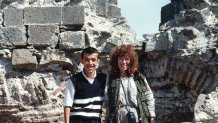
Traveling in the Middle East in the 1980s was an adventure for Brown. Americans were well-liked and as a western woman, she was considered a third sex. “I was given as much respect as a man,” Brown said.
Get top local stories in DFW delivered to you every morning with NBC DFW's News Headlines newsletter.
When she first arrived at Palmyra, Brown was amazed at her limitless access to the ancient site. “To see this all spread out, there were no fences, there were no tourists, there were no guards. The bus drove right by the great arch,” Brown said. ‘It had not been greatly restored. It was still going back to nature, which in my eyes, is beautiful, rather than to restore something so that you can’t recognize it. It was very special that way.”
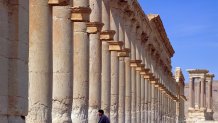
On her second trip to Palmyra, she was a guest of the Cham Palace Hotels. The hotel was located on the site, and she could easily step out of her hotel in the early morning hours or later in the day for photographic excursions. Her images focus on the structures with only a few glimpses of human figures exploring the site or racing through the ancient remnants on a bike.
Working with a tripod and cable release, Brown composed her shots using a medium format Hasselblad and Fuji panoramic equipment with multiple lenses. “I had to do several exposures to be sure that I got one right because when I did this, we didn’t have the ability to retouch like we do now, to accentuate the colors of any of the contrasts. We just had to go with what we got,” Brown said.
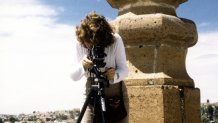
This exhibition features 12 large-scale photographs of Palmyra. Brown’s collection of 7,500 photographs is now archived at The University of Texas at Dallas. “Her work really captures the humanity here, the humanity behind these buildings, behind this site and the history behind it,” said Dr. Michael Thomas, Director of The Edith O’Donnell Institute at The University of Texas at Dallas and co-curator of this exhibition. “You can really imagine this as this amazingly beautiful city that must have erupted from the desert as you approached it with a lot of monumental buildings and a wide history.”
Palmyra’s wealth attracted the attention of many occupiers, eventually falling under control of the Roman Empire. “Its location is an oasis and as far back the third millennium BCE [Before Common Era], it was a place of occupation. It grew to become a very important stop on the caravan routes across the Syrian desert because of its oasis,” Thomas said.
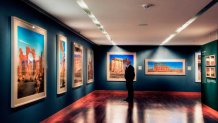
Brown’s photographs capture the intricate architectural details that point to multiple cultural influences. “The buildings that you see, that Carolyn has captured, very much represent its history as a Roman site,” Thomas said. “But they also have a lot of local characteristics. There’s some architectural details that are not Roman, and really come from the near-Eastern architectural language.”
The panoramic photographs make the city feel alive, as if a visitor could step into the scene and walk along the colonnaded streets. “These wonderful colonnaded streets really are kind of one of the greatest characteristics of Palmyra and are for the most part unique to it. There aren’t such streets in other sites, at least not to this degree,” Thomas said. “What Carolyn does for a place is what a great portrait painter does for a person. She paints a portrait of these great places.”
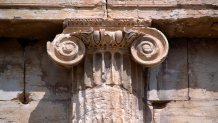
ISIS first captured Palmyra in 2015. The Temple of Baalshamin and the Temple of Bel were blown up in August 2015. Khaled al-Assad, a renowned antiquities scholar, was beheaded when he refused to reveal the location of important artifacts. His body was hung from a column in the ancient site. The terrorist group used the city’s second-century Roman theater for public executions before destroying part of the structure in 2017.
The Scene
Contrasting with Brown’s peacetime photography are the images of New York Times photographer Bryan Denton. Denton had only a few hours to photograph the aftermath of Palmyra’s destruction.
This modern destruction makes Brown’s photographs even more important. “These really are now documents of this wonderful site that no longer exists. Much like we’re trying to rebuild Notre Dame, I think there is an effort and desire in Syria to rebuild much of this and hopefully bring it back,” Thomas said. “This really was one of the great national treasures of Syria.”
 Carolyn Brown
Carolyn BrownBrown hopes her work expands the common understanding of the Middle East. “Like me, it just opens up the world and other cultures and other kinds of architecture and the land in the Middle East. I think most people, all they know about the Middle East is war and famine,” Brown said. “I only did it because I loved it.”
Learn more: https://crowcollection.org/exhibition/carolyn-brown-and-palmyra-an-ancient-city-through-the-lens/

